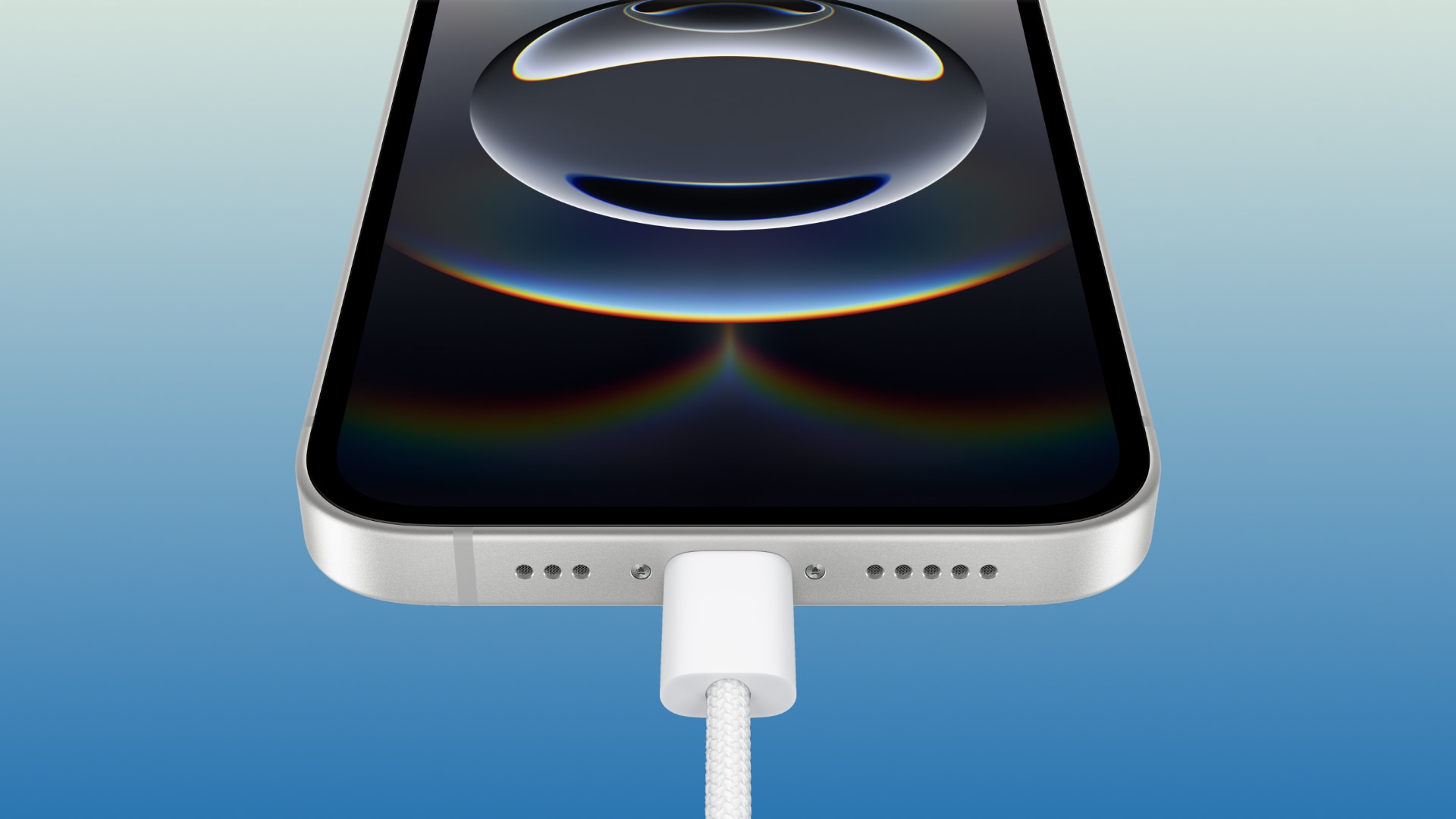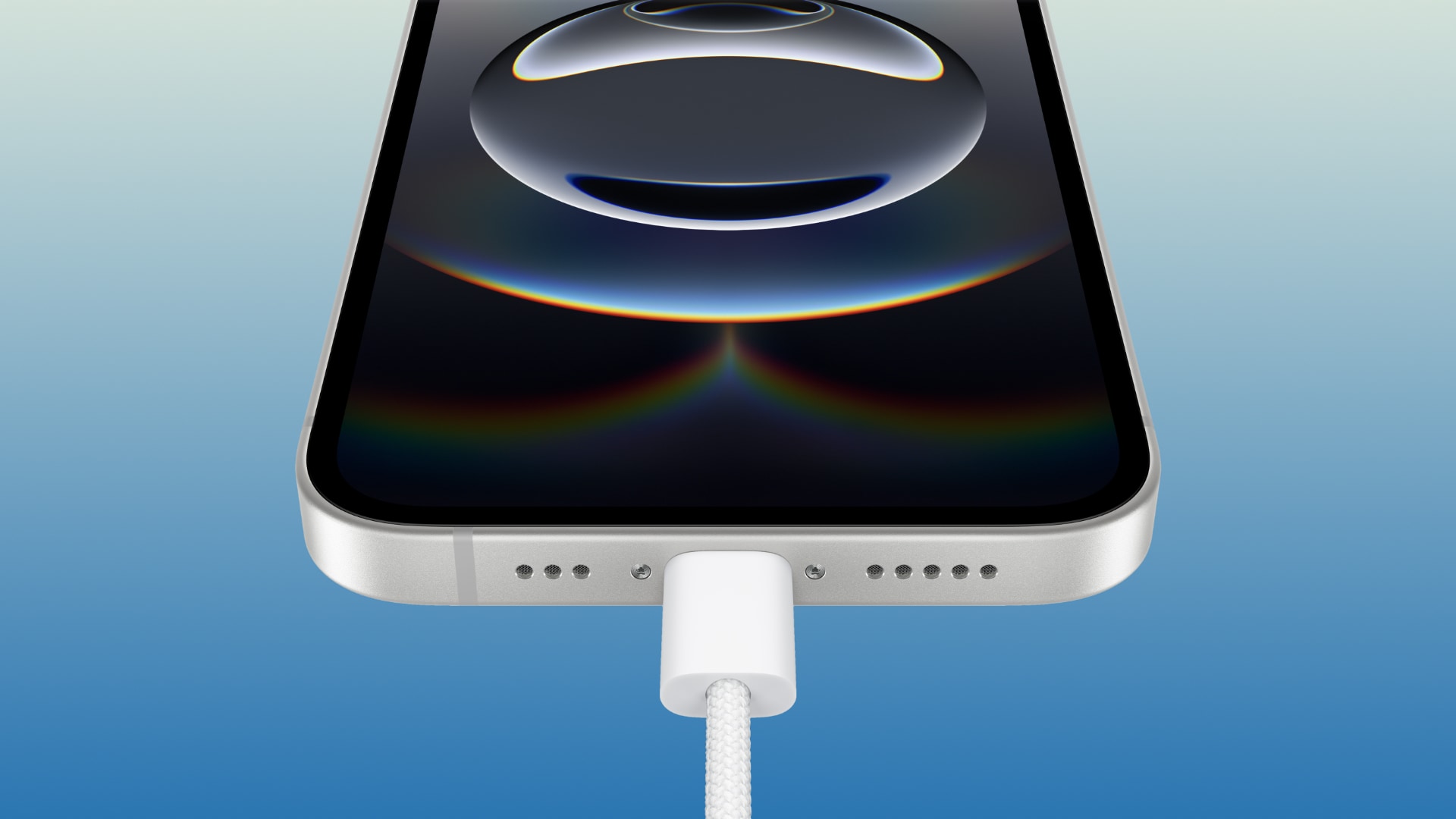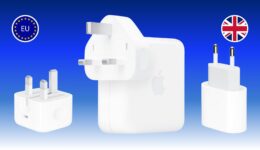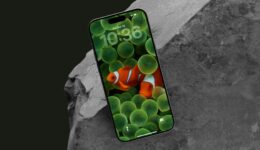Apple C1 modem chip has nothing to do with MagSafe’s absence from iPhone 16e

Apple has shot down speculation that its latest iPhone 16e smartphone doesn’t support MagSafe charging because of its new modem chip, the C1.

Macworld speculated that the C1, Apple’s in-house cellular modem, is responsible for the removal of MagSafe charging from the new iPhone 16e. This is certainly an odd decision, even more so if you consider that all iPhones release from the iPhone 12 series onward have supported magnetic charging and alignment via MagSafe.
An Apple spokesperson has contacted the publication to issue a statement denying that MagSafe’s absence from the new handset is related to the C1 chip.
Don’t blame Apple’s C1 modem for MagSafe’s absence from iPhone 16e
Halyna Kubiv, Macworld:
Sources from the accessories industry have told Macworld that a possible explanation is that the built-in magnets of the MagSafe system apparently interfere with the reliability of Apple’s new C1 5G modem. So it’s possible that Apple had to drop MagSafe in order to ensure the best possible connection for its first-generation 5G modem.
An accessory market source makes pure speculation, and MacWorld takes it at face value… Wouldn’t the iPhone 16e’s wireless charging coil responsible for inductive Qi charging also “interfere with the reliability of Apple’s new C1 5G modem”? The story was updated later, saying “Apple has confirmed to Macworld that the C1 modem is not responsible for the decision to leave MagSafe charging off the new iPhone 16e.”
The adapted internal design of iPhone 16e might also have been a factor in deciding to leave out MagSafe charging. Perhaps the combined heat from the C1 modem and MagSafe charging was too much to handle? The problem with that is the fact that the C1 is more power efficient than Qualcomm modems used in other iPhone 16 models. Another viable explanation would paint MagSafe’s removal as a marketing strategy to differentiate the new iPhone 16e from the regular iPhone 16.
We’ll hopefully get to the bottom of this once iPhone 16e starts shipping and iFixit takes a closer look at the innards. At any rate, I’m sure that case manufacturers will quickly come up with a viable aftermarket solution. The C1 modem is rumored to appear in a new ultra-thin iPhone 17 model but not the rest of the iPhone 17 lineup. Industry analyst Ming-Chi Kuo expects the entire iPhone 17 lineup to use Apple’s first Wi-Fi chip, replacing components Apple sources from Broadcom.
Charging options on iPhone 16e
The lack of MagSafe charging is one of the iPhone 16e’s missing features. It’s certainly an odd decision. But then again, Apple had to cut costs in order to bring the price down by $200 compared to the base iPhone 16 because Apple sure as hell won’t eat into its fat profit margin to finance the $200 difference.
iPhone 16e supports fast charging via USB-C and slow 7.5W inductive Qi charging. You can put the phone on a MagSafe charging puck but it will only charge at 7.5W. And because the device has no magnets, it won’t snap or align magnetically.
By comparison, the regular iPhone 16 models and the iPhone 16 Pros support the fast-charge function via MagSafe at up to 25W when using a 30W adapter or higher. This is the first time Apple has increased MagSafe charging wattage; the previous iPhone 15 lineup supports MagSafe at up to 15W. The discontinued iPhone SE supported wireless charging, but only via the Qi protocol at 7.5W.
The iPhone 16 lineup (except the new iPhone 16e) also supports the latest Qi2 charging protocol, which brings MagSafe perks like magnetic connection and alignment and 15W charging speed because Apple has actually contributed its proprietary MagSafe specification to Qi2.





